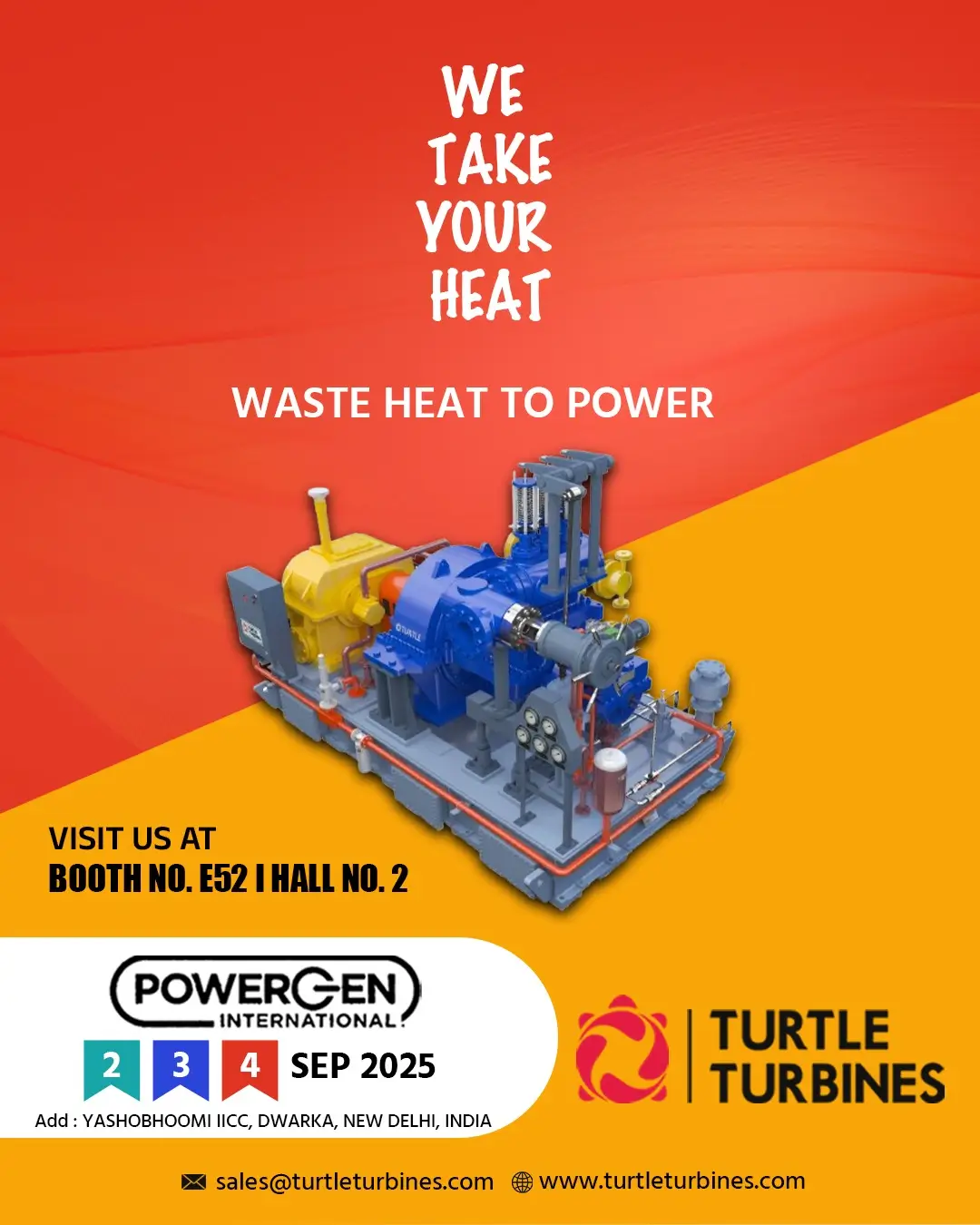The chemical processing sector in Gujarat is a critical pillar of India’s industrial output. However, it is also among the largest contributors to industrial CO2 emissions due to its high dependence on fossil fuels for steam and power generation. CO2 reduction in gujarat chemical processing industries by integrating steam turbine has emerged as a practical and effective solution. By utilizing steam turbines, industries can convert excess thermal energy into electricity, thereby significantly reducing reliance on grid power and cutting down on overall carbon emissions.
One of the most effective strategies for CO2 reduction in gujarat chemical processing industries by integrating steam turbine lies in harnessing high-pressure steam from boilers or process operations. Instead of allowing this energy to dissipate unused, steam turbines enable efficient energy recovery, reducing fuel consumption at captive power plants. The transition from traditional PRVs (Pressure Reducing Valves) to back-pressure steam turbines can result in both operational savings and substantial reductions in CO2 footprint.
Additionally, CO2 reduction in gujarat chemical processing industries by integrating steam turbine aligns well with national sustainability goals and industrial compliance norms such as PAT (Perform, Achieve & Trade) schemes under the Bureau of Energy Efficiency. Integrating steam turbines ensures enhanced plant efficiency while achieving decarbonization targets. The economic case is equally strong, with ROI periods as short as 1 to 2 years and lesser depending on steam parameters and operational hours.
In conclusion, CO2 reduction in gujarat chemical processing industries by integrating steam turbine is not just a sustainability measure, it is a strategic move for long-term competitiveness. As industries in gujarat strive to modernize and reduce their environmental impact, steam turbines offer a proven, scalable, and cost-effective pathway to lower carbon emissions and enhance energy efficiency.


